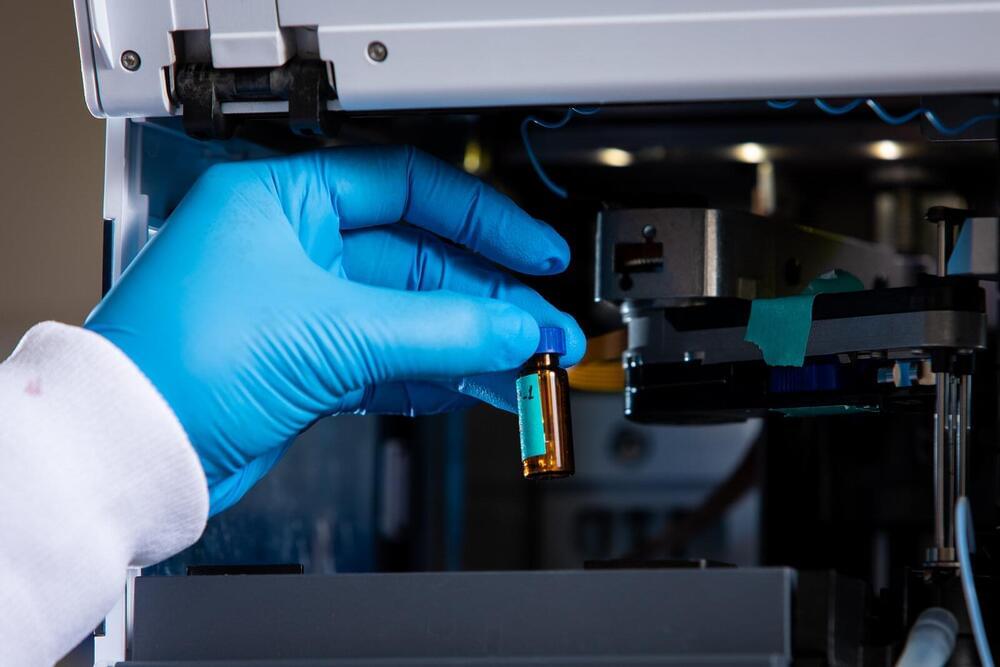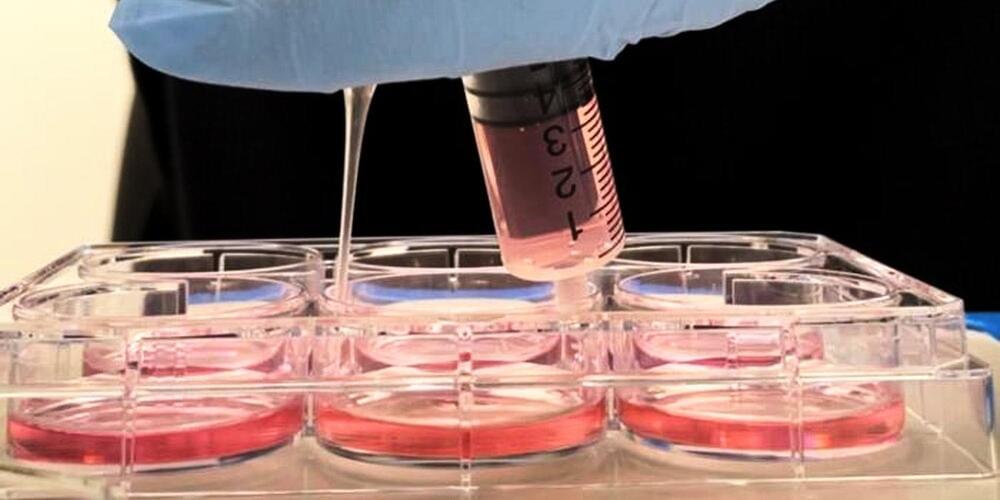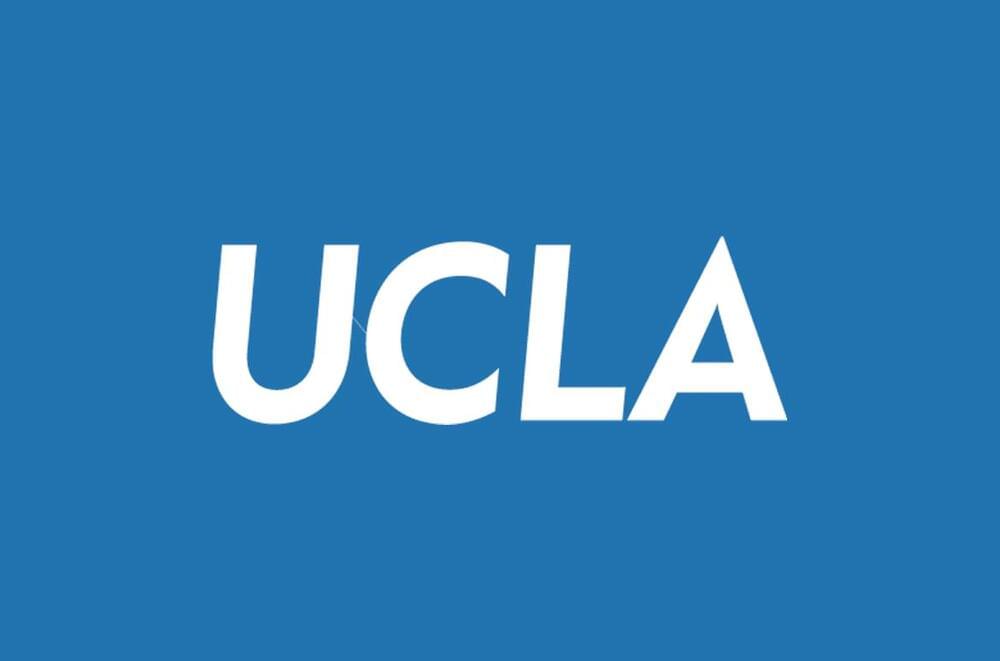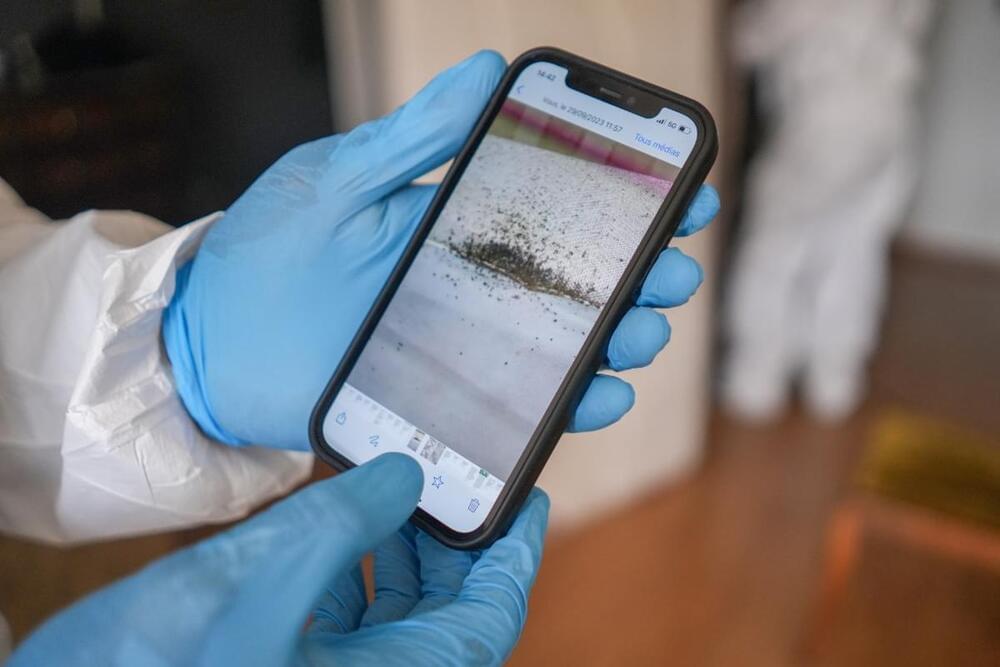Jan 7, 2025
Scientists identify 11 genes affected by PFAS, shedding light on neurotoxicity
Posted by Saúl Morales Rodriguéz in categories: biotech/medical, chemistry, health, neuroscience
Per-and polyfluorinated alkyl substances (PFAS) earn their “forever chemical” moniker by persisting in water, soil and even the human brain. This unique ability to cross the blood-brain barrier and accumulate in brain tissue makes PFAS particularly concerning, but the underlying mechanism of their neurotoxicity must be studied further.
To that end, a new study by University at Buffalo researchers has identified 11 genes that may hold the key to understanding the brain’s response to these pervasive chemicals commonly found in everyday items. The paper is published in the journal ACS Chemical Neuroscience.
These genes, some involved in processes vital for neuronal health, were found to be consistently affected by PFAS exposure, either expressing more or less, regardless of the type of PFAS compounds tested. For example, all compounds caused a gene key for neuronal cell survival to express less, and another gene linked to neuronal cell death to express more.

















